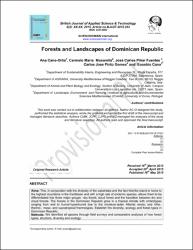/admin/item?itemID=8ab3c898-142a-4a4f-9940-0fe52bc1fbf7
Forests and landscapes of Dominican Republic

View/
Type of Access
OpenMaterial Type
ArticleType of Content
Scientific researchSubject
Biodiversidad - República DominicanaFlora ─ República Dominicana
Recursos forestales
Hábitats y especies
Language
SpanishCollection
- Investigación ambiental [1693]
Metadata
Show full item record| Abstract: | Aims: This, in conjunction with the diversity of the substrates and the fact that the island is home to the highest mountains in the Caribbean and with a high rate of endemic species, allows them to be differentiated into three major groups –dry forest, cloud forest and the transition between dry and cloud forests. The forests in the Dominican Republic grow in a tropical climate with ombrotypes ranging from arid to humid-hyperhumid due to the moisture-laden Atlantic winds; and infra-, thermo-, meso- and supratropical thermotypes. Establish the diversity, ecology and forest types in Dominican Republic. Methods: We identified all species through field surveys and comparative analyzes of how forest types, structure, diversity and ecology. Results: We consided these forests to be endemic to the island of Hispaniola, as the dry forest presents 81 endemic species, of which 10 are trees, 65 shrubs, 5 creepers, and 1 herbaceous species; while the cloud forest has 19 trees, 20 shrubs, 8 creepers, 4 epiphytes and 6 herbaceous species. Conclusions: We highlight the absence of endemic epiphytes in the dry forests, which are in a poor state of conservation and subject to greater human pressure than the cloud forest. |
| Author(s): | Cano Ortiz, Ana
Musarella, Carmelo María Piñar Fuentes, José Carlos Pinto Gomes, Carlos Cano Carmona, Eusebio |
| Date: | 2015 |
| Published: | British Journal of Applied Science & Technolog, 9(3) |
| Citation: | Cano-Ortiz, A., Musarella, C. M., Piñar-Fuentes, J. C., Pinto-Gomes, C., & Cano-Carmona, E. (2015). Forests and landscapes of Dominican Republic. British Journal of Applied Science & Technolog, 9(3). Recuperado de: |
| URI: | https://bvearmb.do/handle/123456789/3021
|
